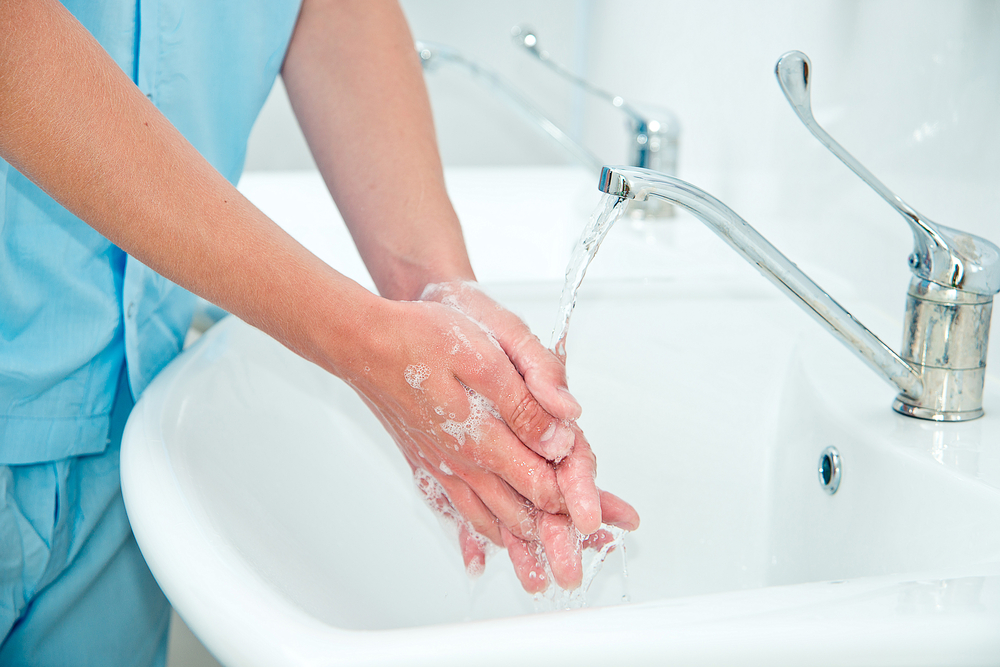Hospitals have reduced healthcare-acquired infections (HAIs) for the first time since they reached a five-year high during the pandemic in 2020.
The Leapfrog Group, a nonprofit patient-safety organization, said the data it collected from Oct. 2021 through Dec. 2022 show 85% of hospitals improved their infection rate on at least one of the three HAIs it tracks — Methicillin-resistant Staphylococcus aureus (MRSA), central line-associated bloodstream infections (CLABSI) and catheter-associated urinary tract infections (CAUTI).
While 19 percent improved in all three categories, 66 percent improved in at least one and 16 percent either did not improve or worsened their infection rate.
The national average hospital rate for all three infections peaked in Leapfrog’s fall 2022 report, which encompassed Oct. 2020 to Dec. 2021. During that time the average standard infection ratios increased 35 percent over pre-pandemic levels for CLABSI and MRSA and 20% for CAUTI.
“Now that we have pre- and post-pandemic data for patient safety measures, we are encouraged by the improvement in infections and applaud hospitals for reversing the disturbing infection spike we saw during the pandemic,” said Leah Binder, president and CEO of The Leapfrog Group.
While infection rates have improved, Leapfrog says patient-experience measures have worsened for the second year in a row and all states have seen a significant decline from the fall 2021 to the fall 2023 report.
Using surveys, Leapfrog asks patients to rate their hospital visit in five categorie — nurse communication, doctor communication, staff responsiveness communication about medicine and discharge information.
The most significant declines have been communication about medicine and responsiveness of hospital staff, both of which correlate to preventable medical errors, said Binder.
“It’s deeply concerning that patient reports about their health care experience continues to decline,” Binder said. “In talking with hospital leaders, we believe staffing shortages are one key reason for the continued decline. Many hospitals are innovating to help make patient experience better, which is critical because these results are disheartening and unsustainable.”


















